Hello, my name is Ken Loh, and I’m from Singapore. I’m working as a lecturer in 3D Animation, teaching at Puttnam School of Film and Animation – LASALLE College of the Arts. I first picked up photography many years ago while working in Japan as an animator. Being in a country with a vastly different culture and climate from mine, I bought a camera and carried it everywhere I went, wanting to capture all the interesting sights that I came across. So I started shooting streets and scenery, and eventually progressed into toys as my toy collection grew.
How long have you been a toy photographer and what attracts you to this hobby?
I’ve been a toy photographer for 9 years now. What attracts me to this hobby is the ability to bring inanimate objects to life – the same reason why I became an animator. When I take toy photos, I find myself applying the same skills and techniques I use in animation such as posing, lighting, composition and story-telling. But unlike an animated film which can take a long time to create, the toy photography process is much faster, and that allows me to create more works within a shorter time.
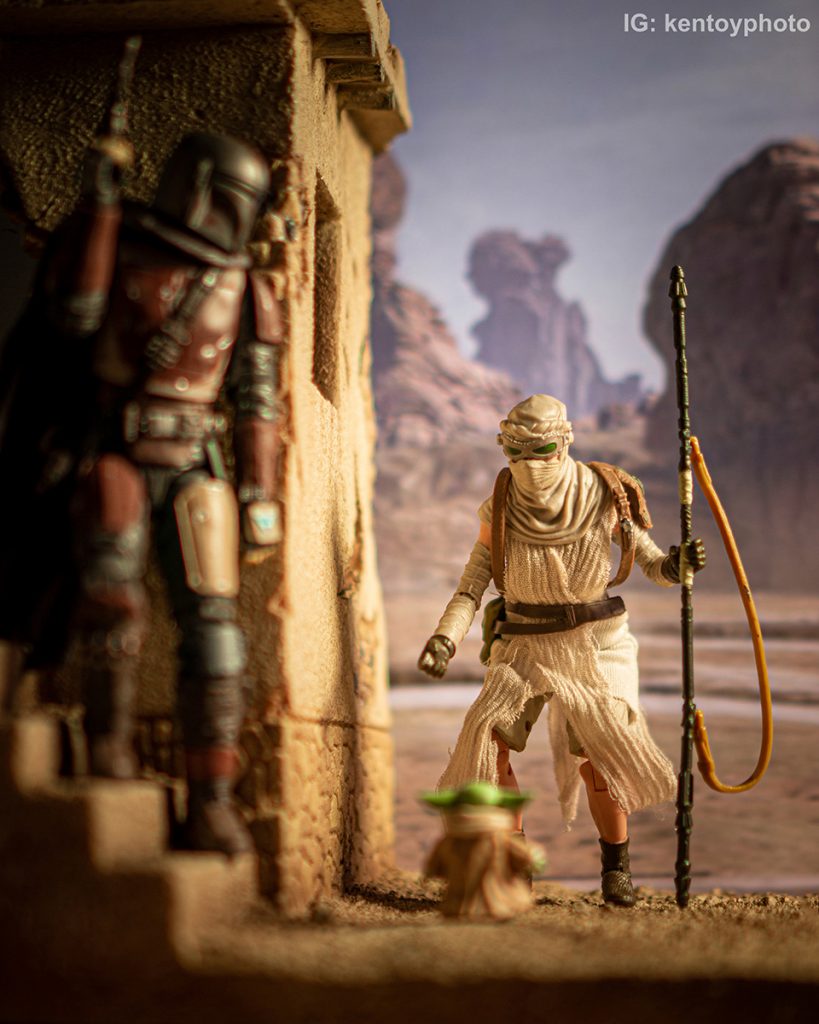
Where do you get your best photography ideas?
I usually get my best ideas from pop culture, current affairs, films and cartoons (especially those that I grew up watching in the 80s). I would also imagine characters from different shows interacting with each other. I always like the idea of doing such mashups, as it inherently has an element of surprise since people generally don’t expect characters from different shows to appear in the same scene.
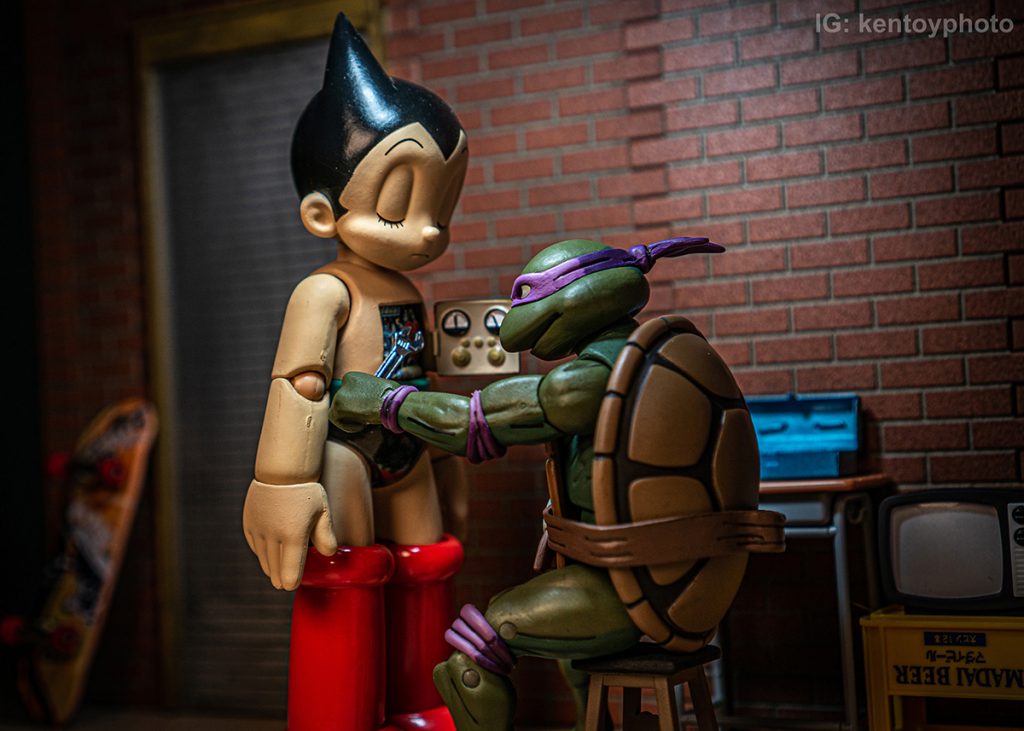
Tell us about your process in creating images from original thought to final photo image.
I will first imagine the scene in my head and then set up the shot. I will adjust the figures’ poses, positions of the props and the camera angle, until I’m satisfied with the composition, and that the poses of the figures can be clearly read. Then, I will set up the lighting, often using the 3-point lighting technique. Since the key light draws the audiences’ eyes to what’s important in the scene, I will usually start with the key light first and then followed by the rim and fill light. I might also use a reflector to bounce off lights onto the parts that look too dark. For scenes that require mist or smoke, I will use diffusers to generate them. Once these are done, I will take several shots by experimenting with different camera settings. I will then use Adobe Lightroom for post-processing and sometimes Photoshop, if the photo requires cleaning up of figure stands, digital effects or compositing.
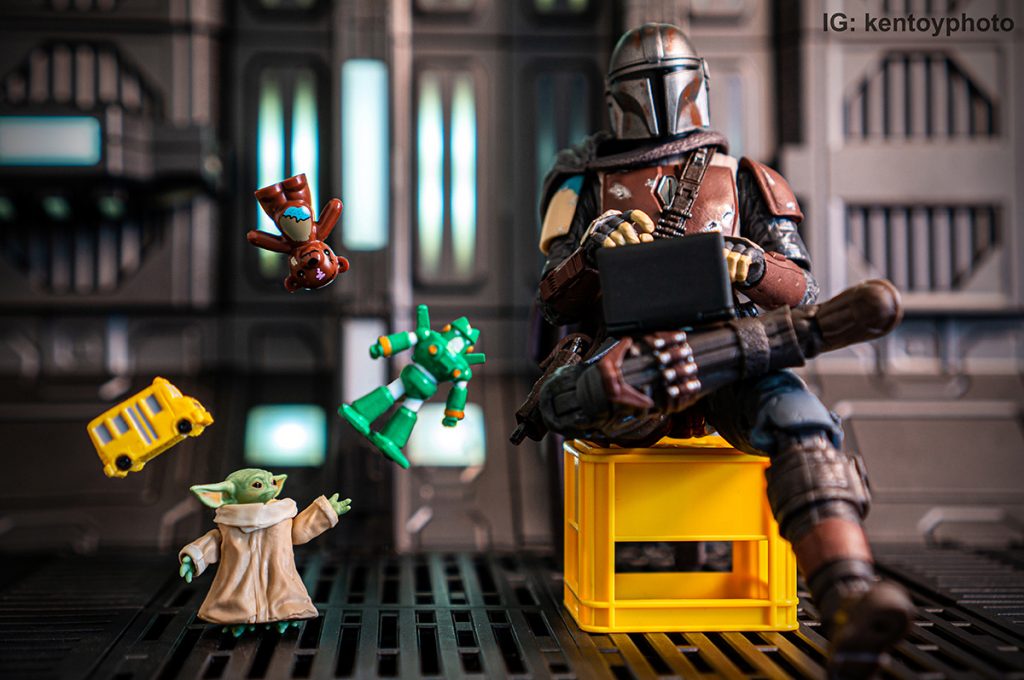
What is your current equipment set-up and why is it your favorite?
I use Sony NEX 6 camera, with Sony E 35mm f/1.8 OSS Lens, a Neewer 480 RGB LED Light and some smaller portable lights which consist of Ulanzi vl49 and L1 Pro. I have been using the camera for many years already, and I love that it is very portable compared to a typical DSLR. It also has a LCD screen that can be adjusted to different angles to suit how I place the camera. The lens allows me to create shallow depth of field, which helps to make my figures stand out from the background more. I would usually use the Neewer RGB light, to cast fill lights, as it is able to light a wide area due to its relatively large size. The small Ulanzi lights are useful as I can put them anywhere, including narrow spaces. I also use a reflector which is very handy for simulating soft bounce lights.
What kind of reaction are you looking for from your viewers?
I hope my viewers will have an emotional connection to my photos, and that they will find them entertaining like how they would enjoy watching a good film. I always strive to offer something different in my shots, and avoid doing shots that might look cliché, or like those that have already been done a gazillion times. So, it’ll be great if they go “Wow, that’s a brilliant idea!”. I also like to use humor in my photos, and toy figures from my favourite childhood cartoons. Hopefully, these photos will evoke that warm fuzzy nostalgic feeling from my viewers.
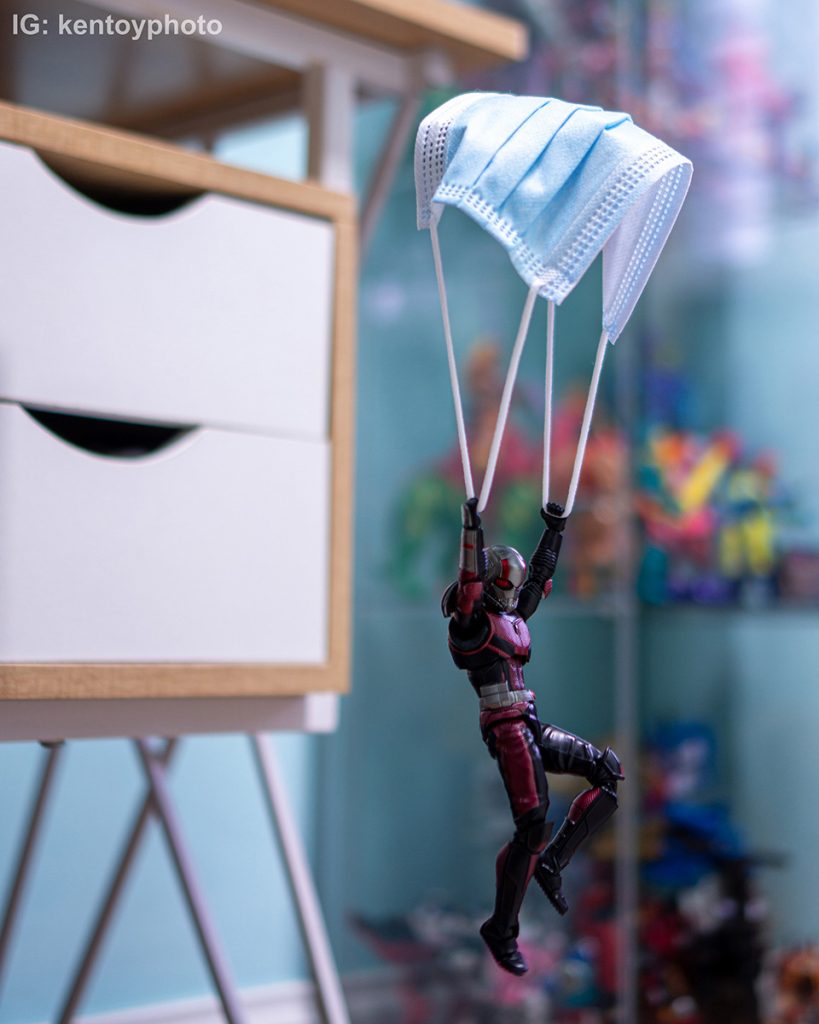
What are some common mistakes you see in other people’s images and lighting set-ups?
One of the common mistakes I see in other people’s images is that the silhouettes of their figures are not clear enough, due to the way the shots are staged or lighted. For a photo to be engaging, it must communicate the idea or story clearly to the viewer. And to do that, the viewer must be able to read the poses of the figures well. This can be achieved by having better composition, such as having more negative space around the character, or applying depth of field. Having a well-placed rim light on the figure will also help it stand out from the background and make its silhouette clearer.
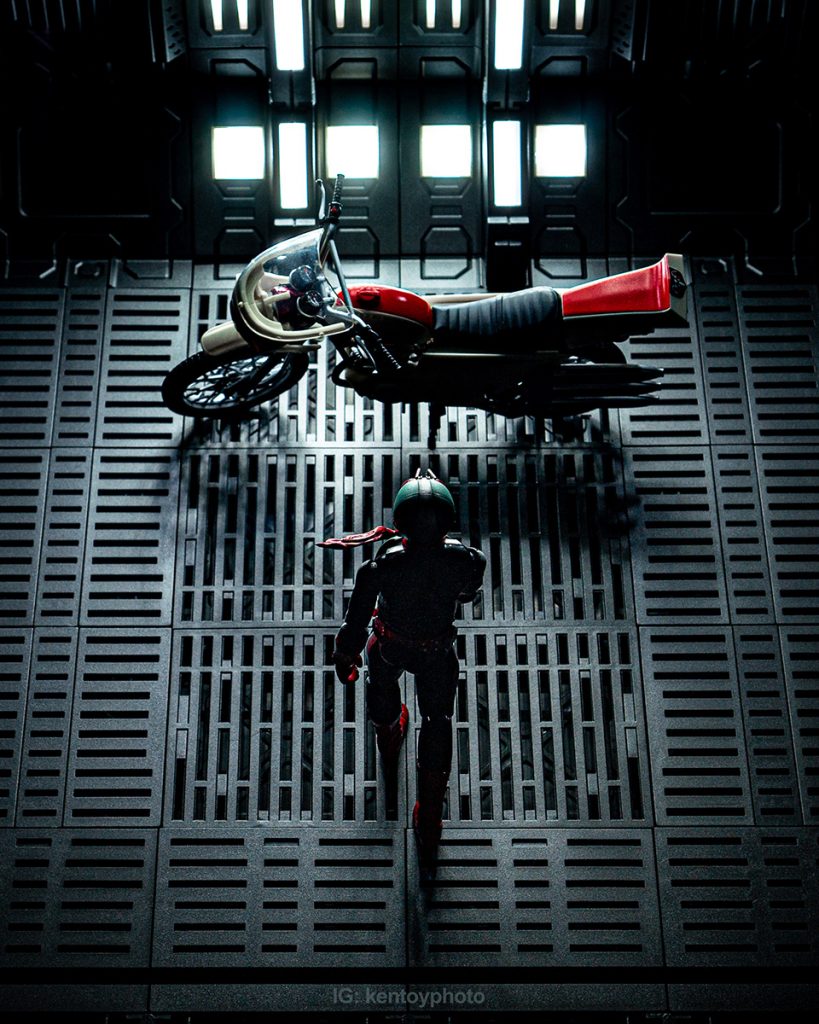
Another common mistake is that the figures’ poses are not looking natural or appealing enough. This tends to happen when the photographer does not make use of the full range of articulation built into the figure. For example, a simple walking pose should involve the torso and the hip rotating slightly in opposite direction from each other (assuming that the figure has waist articulation). It’s the same for the running pose, except that the rotations will be much more (since the pace for running is faster), and the figure’s body should be leaning forward more. If these details are overlooked, the poses of the figures tend to look very stiff and unappealing.
To get better poses, I would suggest applying the concept of “line of action”, which is a figure drawing concept often used in comics and animation as well. Basically, you have to imagine there are lines running through your figure at the centre, from the head to the bottom end of the spine, and also through the limbs. If you pose your figure in a way that allows these imaginary lines to form curves instead of straight or crooked lines, and convey a clear sense of direction, it will make your poses look more dynamic and appealing.

Lastly, a common mistake that I notice with lighting set-up is that the night scene looks way too dark, to the point that a viewer cannot see the pose of the figure clearly. A better night scene would be one that is not fully dark but still has some lights coming from different sources. For example, if your scene is set in the neighbourhood or on the streets, there would be lights coming from the street lamps, sign boards, or from the windows of a neighbouring house. Even if you set it in an environment devoid of buildings or street lamps, there would be moon light as well. So, a better way would be to use a bluish light as a fill light, and then use smaller lights to simulate lights from the other sources that I have mentioned. These smaller lights could be positioned at an angle from the back, and cast rim lights onto the figures. In this way, the figures’ poses will be more visible, and they won’t blend unnecessarily into the background.
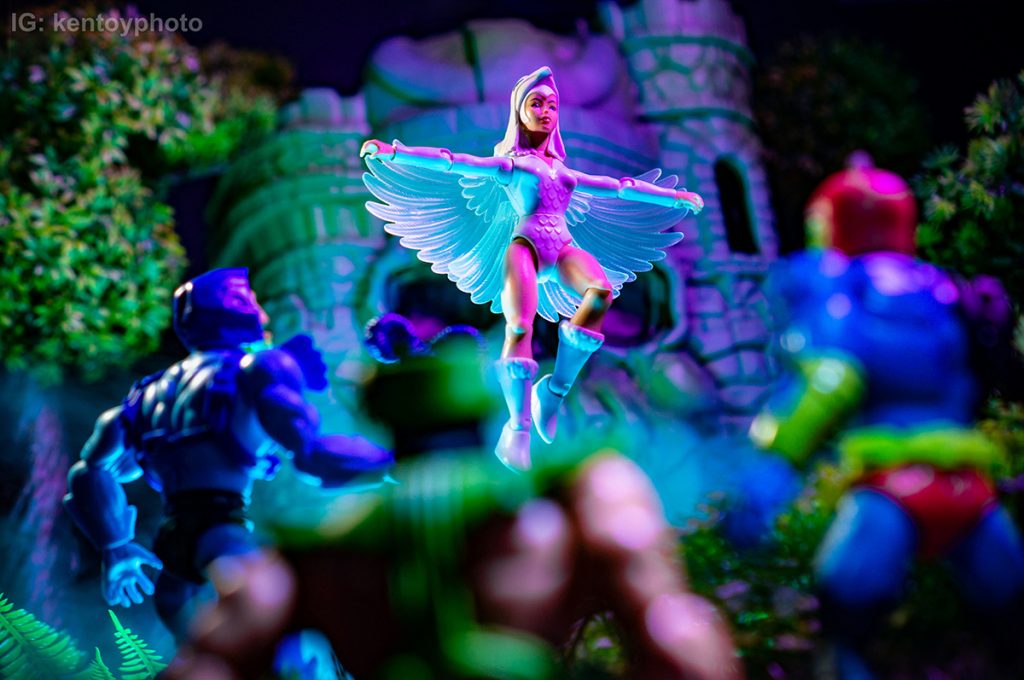
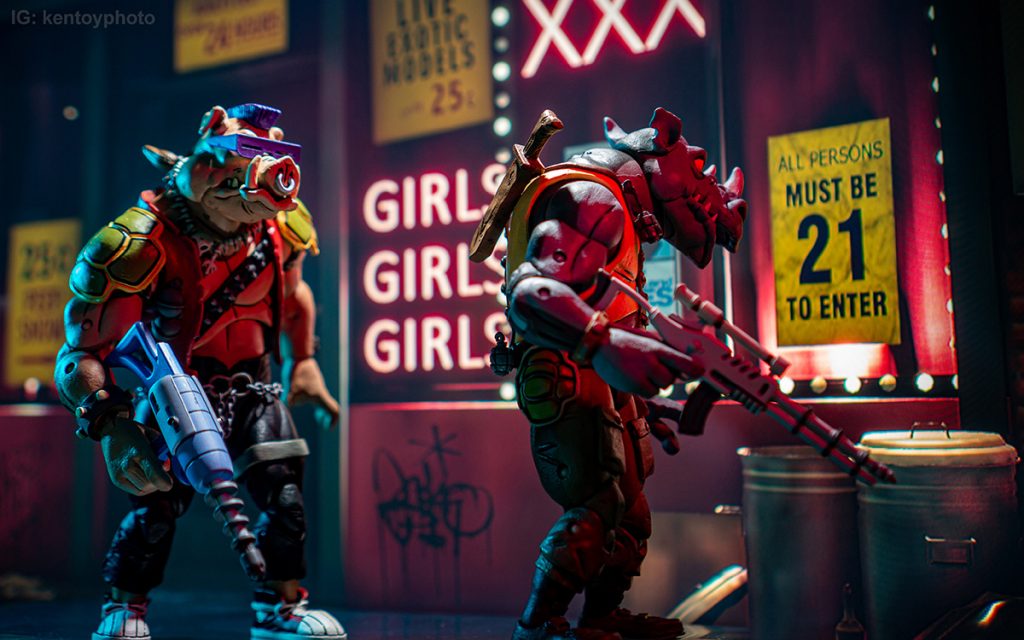
Toy photography can present some unique challenges. Tell us about some of your more memorable ones and how you have overcome them.
There was this time when I had an idea to shoot the Toy Story characters looking out at the windows from their room. But staying in a flat like many Singaporeans, it would be an almost impossible task. I wouldn’t want to risk my camera falling a few floors down since I had to shoot it from the outside of the window, possibly using a custom rig. Just when I was going to dismiss the idea, I remembered about the window which I have installed on a wall between my kitchen and dining room many years ago. It has a nice cottage styled frame around it. That was when the “eureka” moment struck me. It was as if I already knew, sub-consciously, that the window would come in handy one day when I had it built!
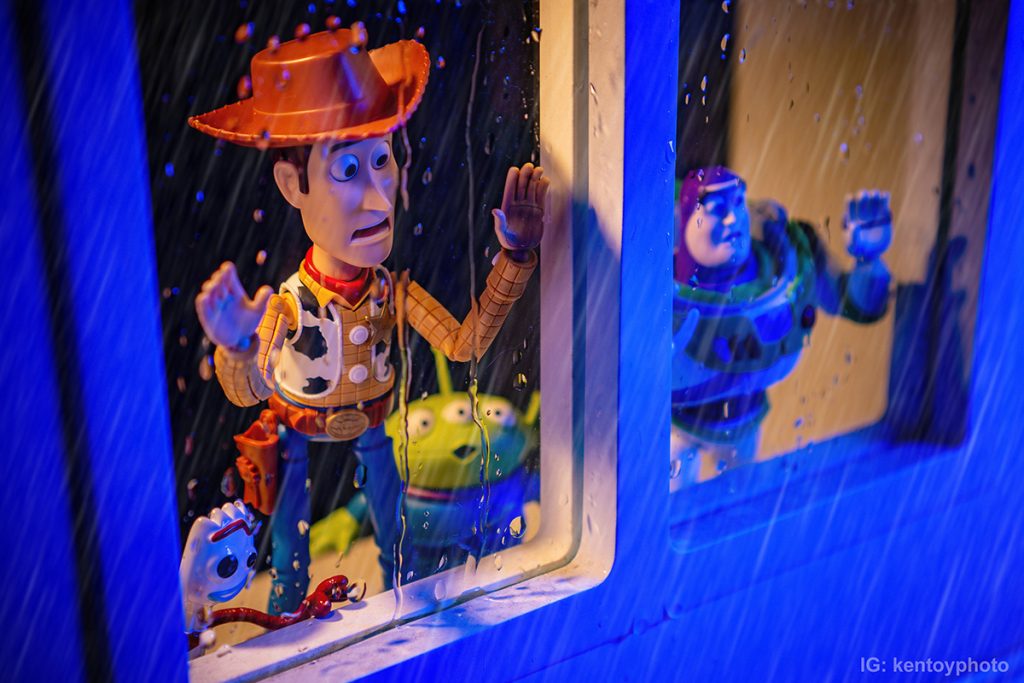
What are the most important tips that a new hobbyist should know if they are interested in pursuing toy photography?
I would suggest that they should expose themselves to other art forms like drawing, painting, comics, films, and animation as well, if they haven’t already been doing that. Study how the elements in these art forms are composed, and the colours used for establishing different kinds of mood. These knowledge and skills are transferable to toy photography. You can also learn a lot about posing and lighting from films and animation. Watch especially silent films, pantomime, and animation where the performance of the actor or animated character relies solely on body gestures. Their poses are often very expressive and are well suited for toy photography.
What is your greatest toy photography achievement?
Getting featured by the producers of “The Toys That made Us” (I’m a big fan of the series on Netflix!) on their Instagram channel.
Ken Loh
- Instagram profile
- MeWe profile (if you have one)
- Flickr


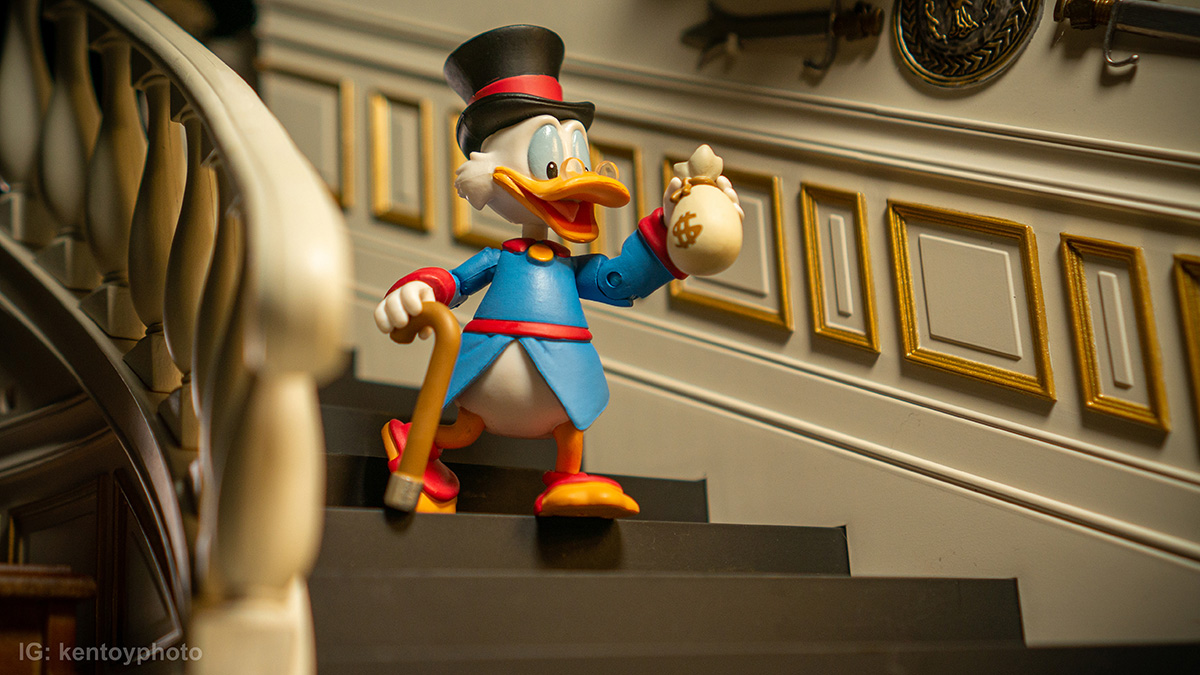
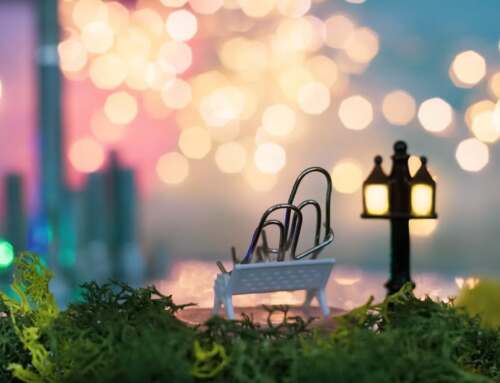
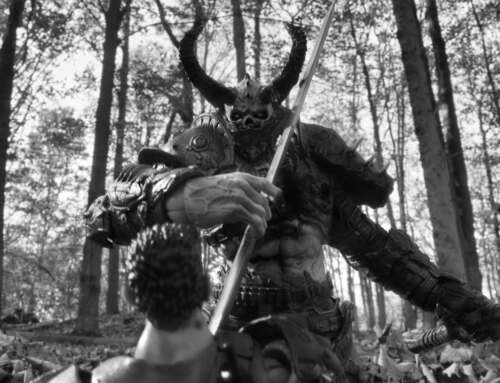
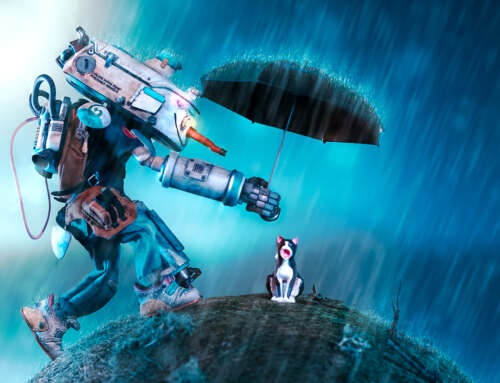
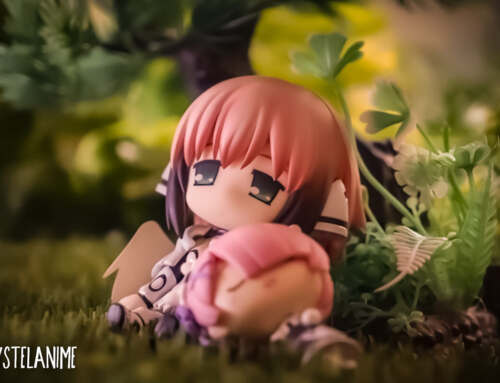
Thanks for the great info about yourself, Ken! I always enjoy what you post. There’s so much to learn about lighting which is something I have only begun to use in the last couple of years. Thanks for describing what you do.
You’re most welcome, Mary! I’m so glad you find the information useful and that you like my posts. Please feel free to ask me anything about lighting if you need help, I’m always very glad to share what I know. 🙂